In the News
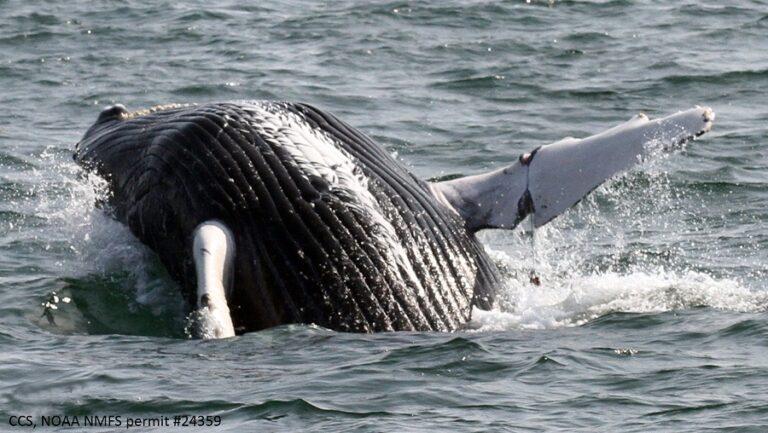
November 08, 2023
For my last summer before clinical rotations, I wanted to gain experience with marine animals. I was accepted as an intern with the International Fund for Animal Welfare (IFAW) Marine Mammal Rescue & Research (MMRR) program in Cape Cod, Massachusetts, a unique geographical area where tides and coastlines can suddenly trap a dolphin or whale in inches of water....
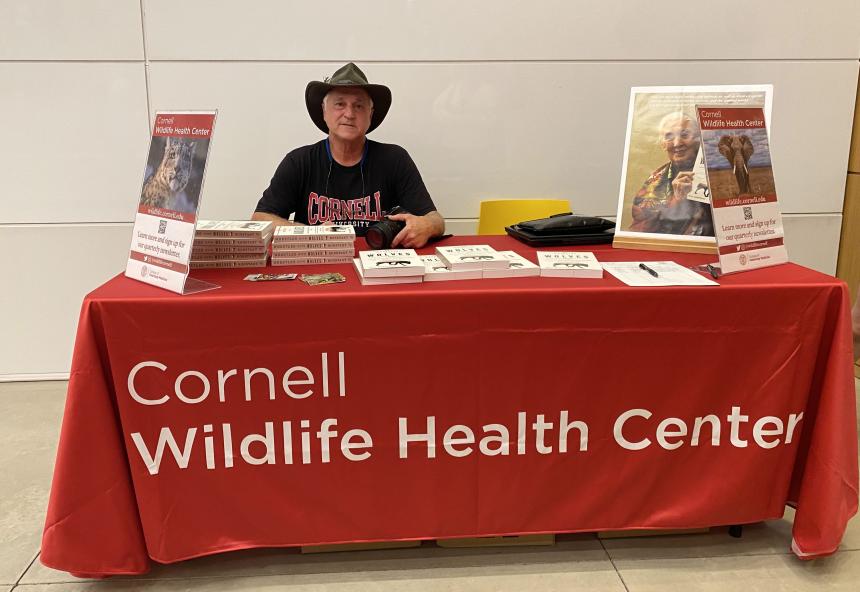
November 07, 2023
Cornell alumnus Bill Konstant ‘74 visited Cornell to give a talk to students, alumni, faculty, and the general public based on his memoir, Wrestles with Wolves: Saving the World One Species at a Time, hosted by the Cornell Wildlife Health Center and the Zoo and Wildlife Society.
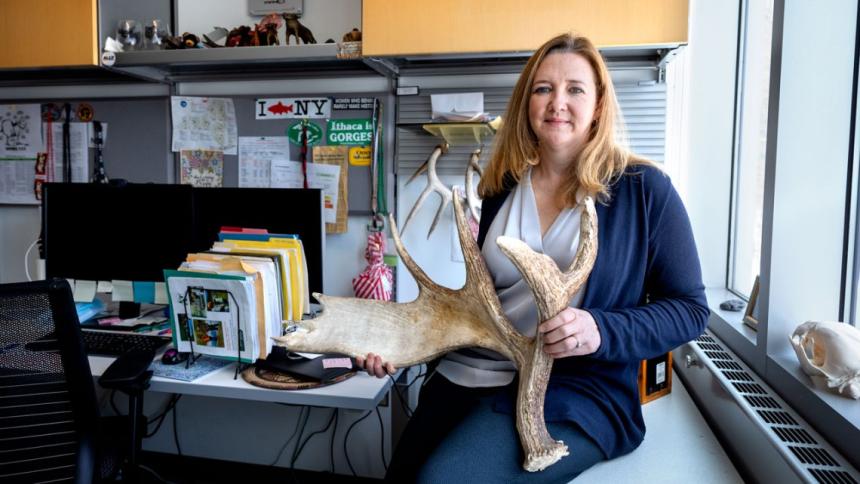
Podcast
November 06, 2023
This Cornell Veterinary Podcast episode features Cornell's Dr. Krysten Schuler, who spends her days working to protect New York State's wildlife from diseases like bear mange, deadly fungus in salamanders, and chronic wasting disease in white-tailed deer.

November 04, 2023
Flu viruses and coronavirus started the last few pandemics. Could the next one be a paramyxovirus? Cornell's Dr. Raina Plowright weighs in on the risks.
![Mountain Chicken Frog shown in a wooded area dunder1564 [CC BY 2.0]](/sites/default/files/styles/large/public/2023-11/Mountain%20Chickken%20Frog%20CC%20BY%202.0%20DEED.jpg?itok=IRk3CN0z)
November 02, 2023
Cornell postdoctoral associate Alyssa Kaganer discusses chytrid disease and how we can help protect amphibians from this deadly fungus.
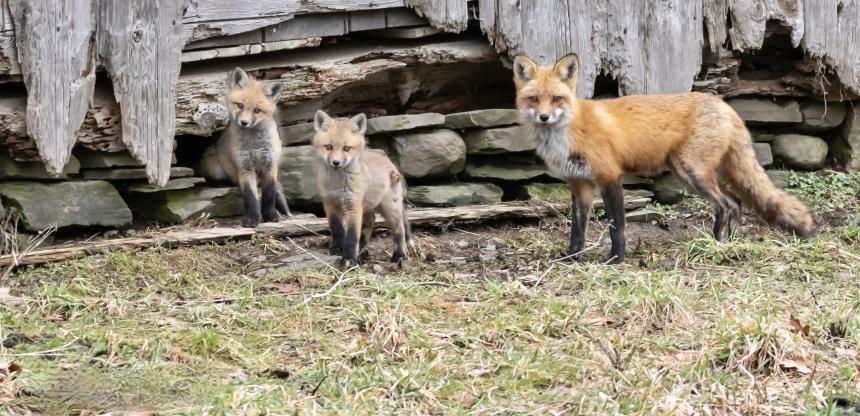
For Your Information
November 01, 2023
This new paper by Cornell researchers presents background and commentary focusing on companion and peri-domestic animals as disease risk for humans, taking into account the human-animal interface and population dynamics between the animals themselves.
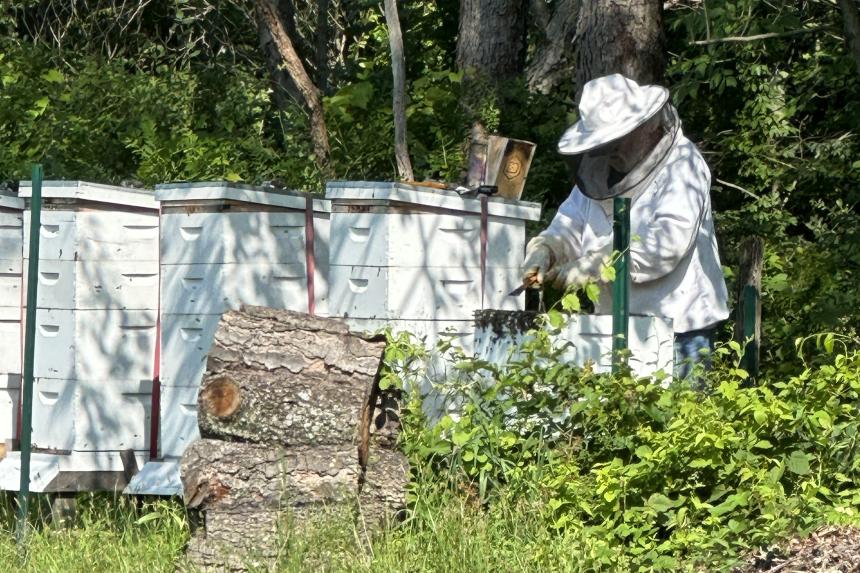
For Your Information
October 28, 2023
In this study led by Cornell's Dr. Karyn Bischoff, researchers found pesticide contamination of beeswax in New York State's beekeeping industry to be common, with commercial beekeepers experiencing the greatest contamination.
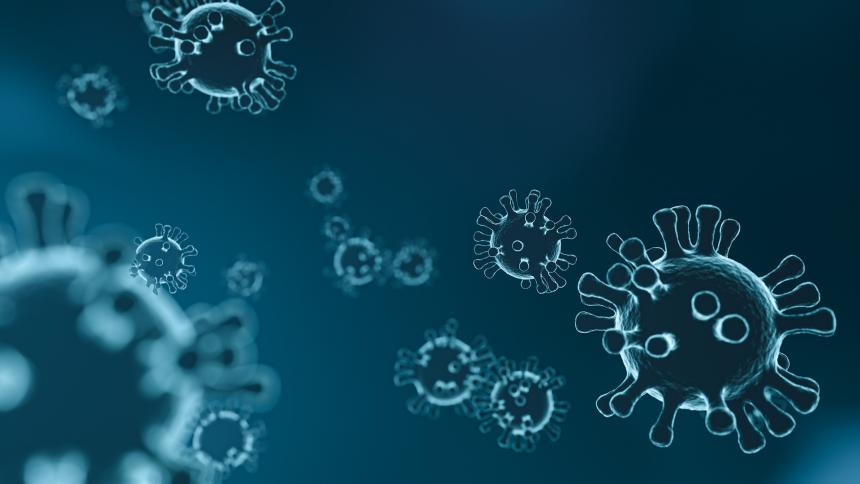
Announcement
October 26, 2023
Cornell's Dr. Raina Plowright will be serving as a co-chair of a new Commission on Prevention of Viral Spillover, convened by The Lancet and the Coalition for Preventing Pandemics at the Source.
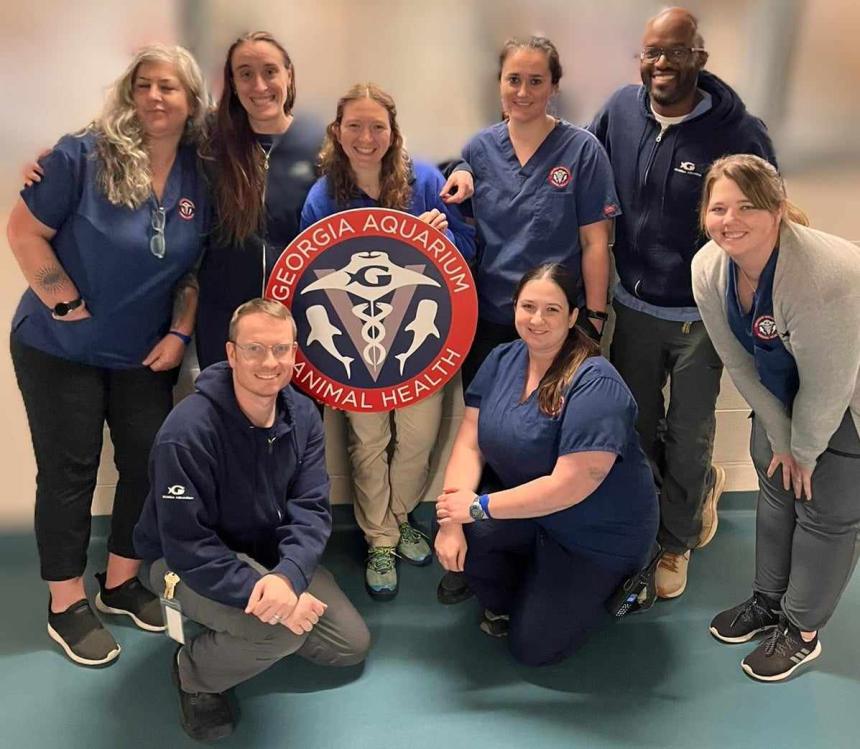
October 25, 2023
I started veterinary school with the goal of working with stingrays, dolphins, and fish. Now, four years later, I can say I have worked at some of the top aquariums and other aquatic facilities in the country and connected with colleagues who are leading this field.
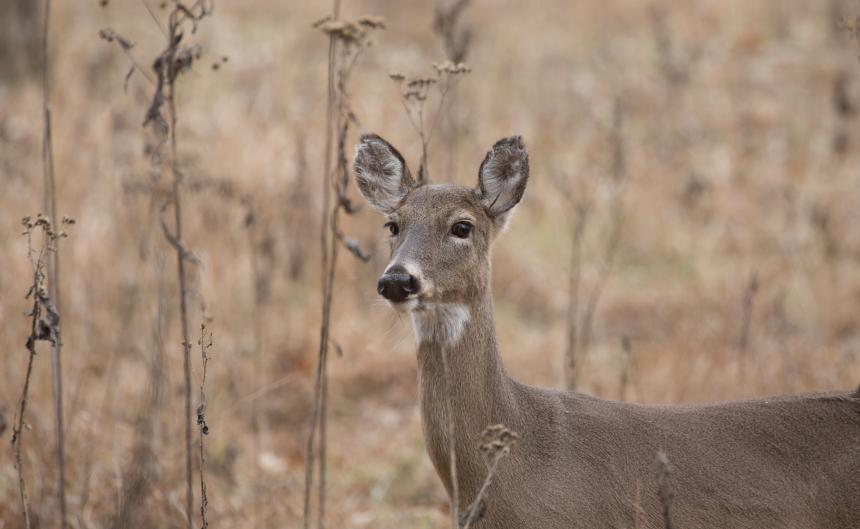
October 24, 2023
Cornell's Krysten Schuler comments on how chronic-wasting disease spreads in deer and the importance of monitoring the disease through surveillance.
